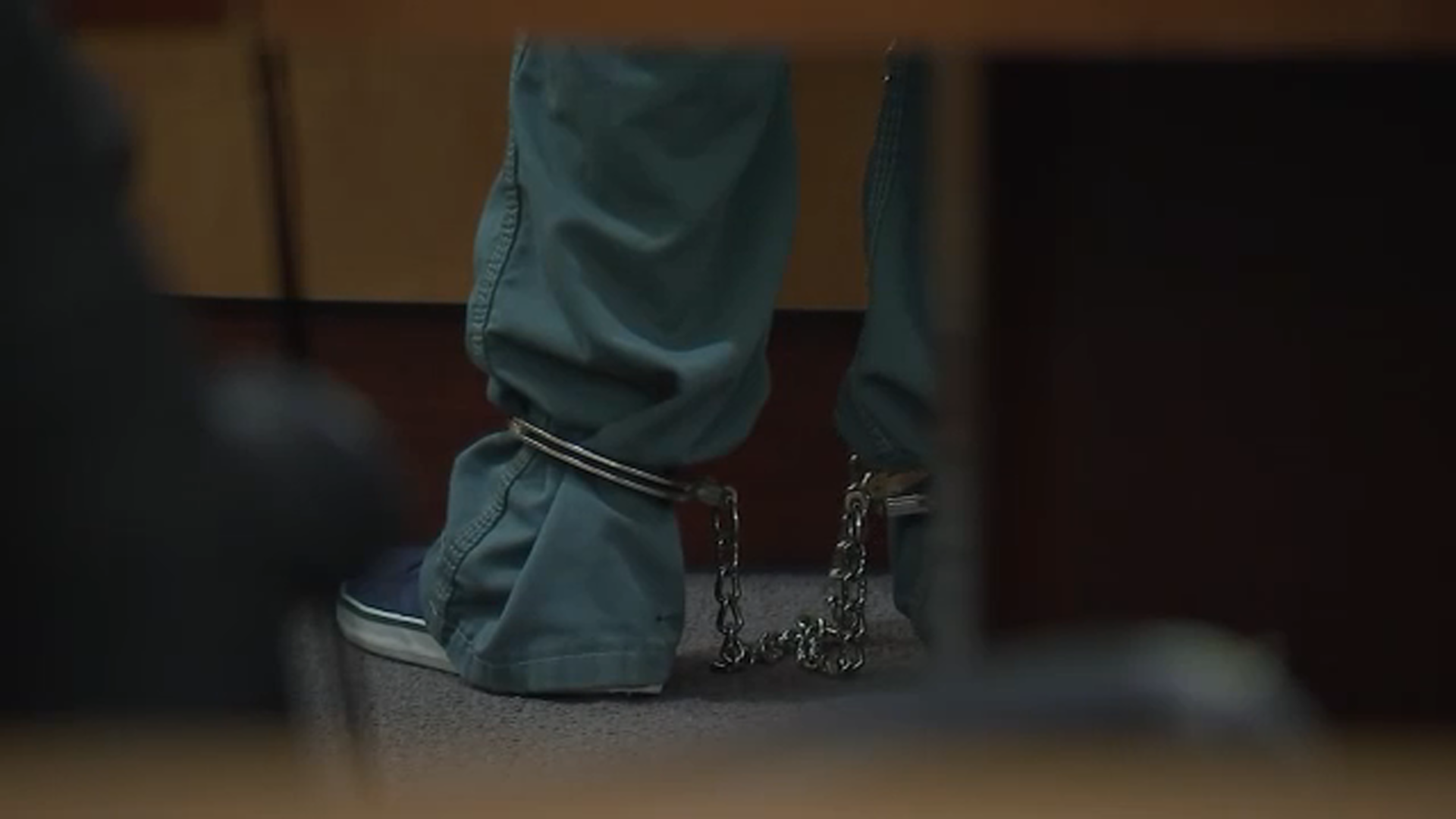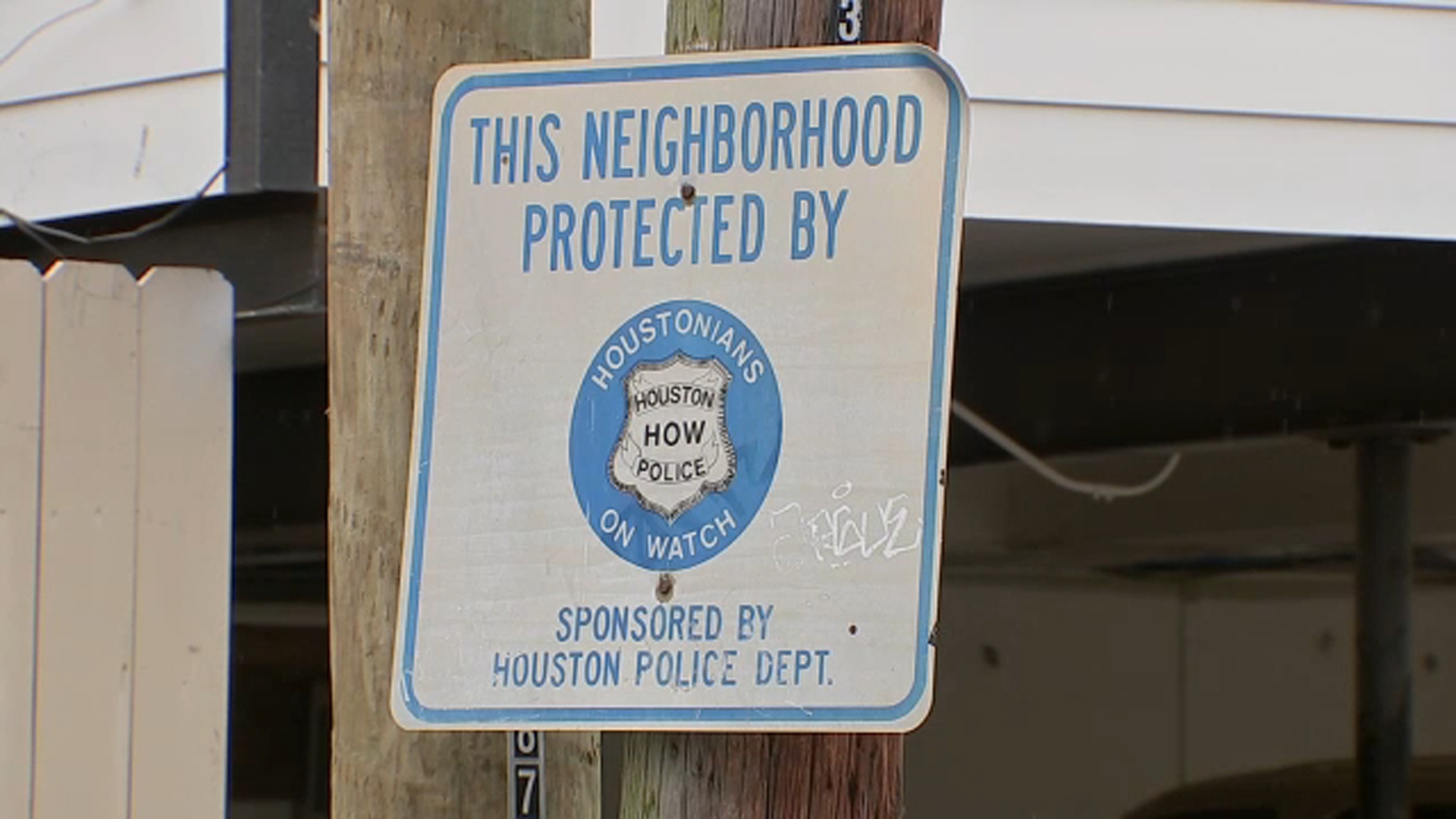As HISD heads back to school, ABC13 Anchor Melanie Lawson goes down memory lane in the '60s

HOUSTON, Texas (KTRK) -- HISD students are heading back to school this week, and with nearly 200,000 students attending, that makes it the largest district in the state.
It also brings back memories of other first days, including children who helped integrate Houston schools decades ago, creating a new diverse reality that many of us now take for granted.
ABC13 Anchor Melanie Lawson has a unique story to tell about her first day of school at Poe Elementary School in southwest Houston.
Lawson was among a group of Black students who helped integrate white schools in HISD.
For the first time since those groundbreaking days, Lawson spoke with one of her best friends, Rhonda Higgins.
They were among fewer than a dozen Black students at the school.
"Poe Elementary still looks very much like it did when our parents drove us up to this school in 1966," Lawson said. "Fewer than a dozen Black kids were about to walk through its doors to join about 600 white kids - and we had no idea what would happen."
Higgins said she remembers "being afraid (and) not really knowing what to expect."
The landmark Supreme Court case Brown vs. Board of Education ruled that segregated schools were not separate but equal in 1954.
However, HISD fought for more than a decade after the case to keep Black students out of white schools, and civil rights activists marched through city streets to demand those schools open up.
Higgins and Lawson were neighbors.
"It was unsettling. You didn't know what to expect. You know, keep your head down," Higgins recalls. "Don't say too much. You can't really be yourself because you don't really know what's going to happen. You don't know if you're going to fight if people are just going to call you the N-word all day long. You didn't know. So it was a lot of nerves, fear."
Unlike some of the other Black students that first year, Higgins and Lawson felt lucky to be in the same classroom with some of the other Black students.
"Comfort. That's the only word I can think of," Higgins said. "Comfort because I had somebody here that I've known, like my sister. And I'm not just in this room in a sea of white people, and I'm the only Black."
Both women's parents didn't say much about what might be ahead, but Higgins said her mom did offer her a little guidance.
"Well, you're going meet new friends," Higgins remembers her mom telling her, "But you know, you're just going to have to - don't be so loud. Don't act silly. You know, act like you have some sense and just take it."
What her mom didn't say was what Higgins would have to take and prepare for some tough times.
Lawson said there were some tough days on the playground.
"As soon as we were out of the sight of our teachers and everything, some of the kids felt free to use the N-word or to pick on us," Lawson said.
Higgins chimes in, "Any other time, I'd be ready to fight, but I'm not going to do that. I'm not going to disappoint my parents and everybody else. You know, it was an adjustment. Definitely an adjustment."
"This was being a Guinea pig," Higgins said. "You know, 'We're going to put you in here and see how you do.'"
"As the years went by, I just buried it because I remember my mom saying later on in life that she did not realize what we went through. And I wasn't the one to just really come out, 'Mama, this happened, and this happened today.' You know? I just internalized a lot and didn't vocalize how I felt," Higgins said.
"As an adult, I realize, it had to be an incredibly difficult decision to send us to an all-white school. Knowing that there were going to be these repercussions, but what my parents said to me many, many years later was that maybe in hindsight, they wouldn't have made us 'Guinea pigs,' like you said," Lawson recalls.
"Somebody had to do it," Lawson said. "Then the other thing, and you tell me how you feel about this, I sort of said to my dad, 'Listen, it toughened us up. We knew what to expect when it came to junior high school and high school, and frankly, college.'"
"I'm sure I buried a lot of things that are so deep and compartmentalized that it's like locked, and I'm not opening that anymore," Higgins said to Lawson. "Because I don't want to actually have anger. I mean, I understand what they did and why they did it. But you know, it had to be somebody, and that was us, boo."
Both women remembered teachers and white classmates who supported them during difficult times, making them feel more welcome.
Both also had younger siblings who went to Poe Elementary, as well. Higgins said by the time their brothers and sisters arrived, many of the scary things about attending a majority-white school had been resolved.
A lot has changed in those decades. The campus is now a Fine Arts magnet school with nearly 800 students.
A recent breakdown of the student body shows that 36% of Poe Elementary School students are Hispanic, 35% of students are White, 11% of students are Asian, 10% of students are Black, and 8% of students are two or more races.
That makes it one of the most diverse schools in the city, and a very different place now than in those early years of desegregation.
For news updates, follow Melanie Lawson on Facebook, Twitter and Instagram.











